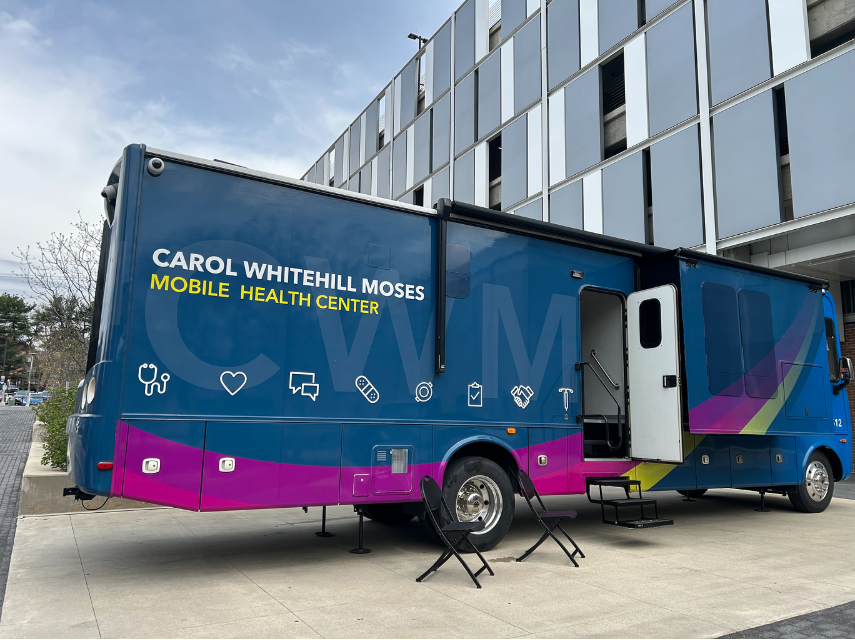 Test pilots of emerging mobile technologies and devices have begun this semester, in an effort to make information available on mobile devices and increase access wherever students wish to reach it.
Test pilots of emerging mobile technologies and devices have begun this semester, in an effort to make information available on mobile devices and increase access wherever students wish to reach it.
In addition to the already available laptop carts, teachers are also starting to use iPads for a more engaging class environment and interactive experience in the classroom. Biology teacher Leah Allen utilizes iPads in her Biology 204 and 205 (Human Anatomy and Physiology I and II) courses to give students a greater understanding of the structure and inner workings of the human body. Using the iPad app Visible Body 3D Human Anatomy Atlas 2, students can filter through different layers of the body and examine individual parts close up. The 3D human body model app allows users to access information about the name and classification of specific body parts and how they interact with others.
Among the many functions of the app, the main benefit is the extraordinary involvement and interest displayed by the students. Rather than flipping through dozens of pages to understand topic materials, students learn at their own pace and can explore the content material in greater depth.
They are also collaborating in new ways that dynamically improve their understanding of the material further.
“Compared to last semester’s class in Biology 204, I’m more productive and excited about learning the material,” Goshi Nwakibu, a Biology 205 student, said about the improved classroom technology.
Her fellow classmate Janet Brown feels similarly. “It’s more fun,” said Brown. “Last semester, lab partners would have to email pictures to each other and spend hours just on getting the information needed to study; now we spend more time working on the material and have better results. It’s a lot more efficient to share the information with peers with these apps.”
Group lab information is available on the class’ Dropbox account and offers shared folders that can be accessed from students’ personal computers outside of class and transferred over to the class iPads. Professor Allen’s class also requires students to use the app Skitch to classify and label organs and other parts from unlabeled images which they then share with their group members in the open file format to group members from any computer or compatible advice. Practice is an integral part of the course, considering the vast amount of solid information that must be memorized. Skitch allows students to take pictures of model organs, either at school or taken from their folder online, and practice labeling the individual parts numerous times for improved retention and understanding.
“Overall, my students have been excited about using the iPads in class this semester, and I think it’s easier for them, to make connections between the various anatomical features we are studying in lab,” Professor Allen said.
Allowing students to collaborate with each other and share information has led to more involvement in subject matter and while the direct results of this are still unclear, there definitely is excitement about coursework, which is not too common on school campuses.







